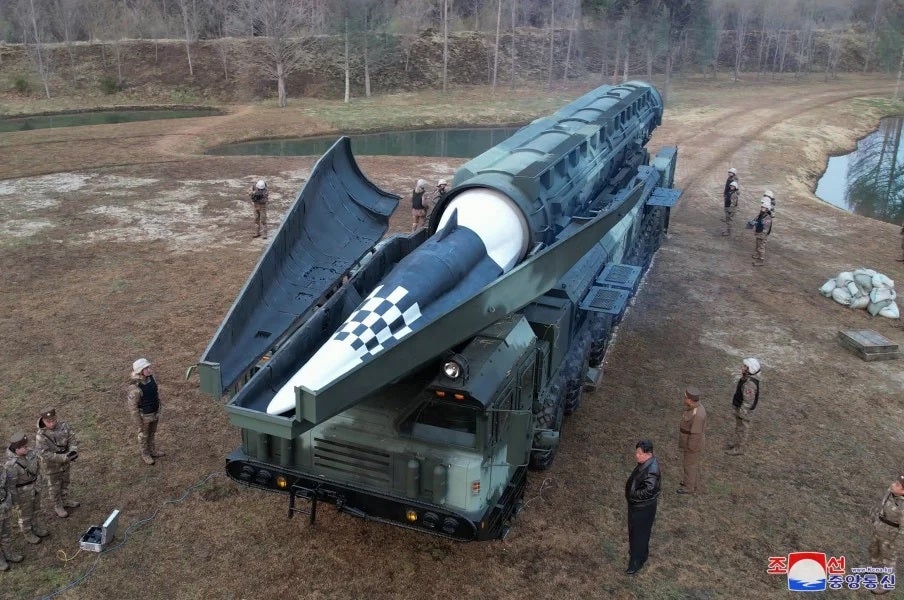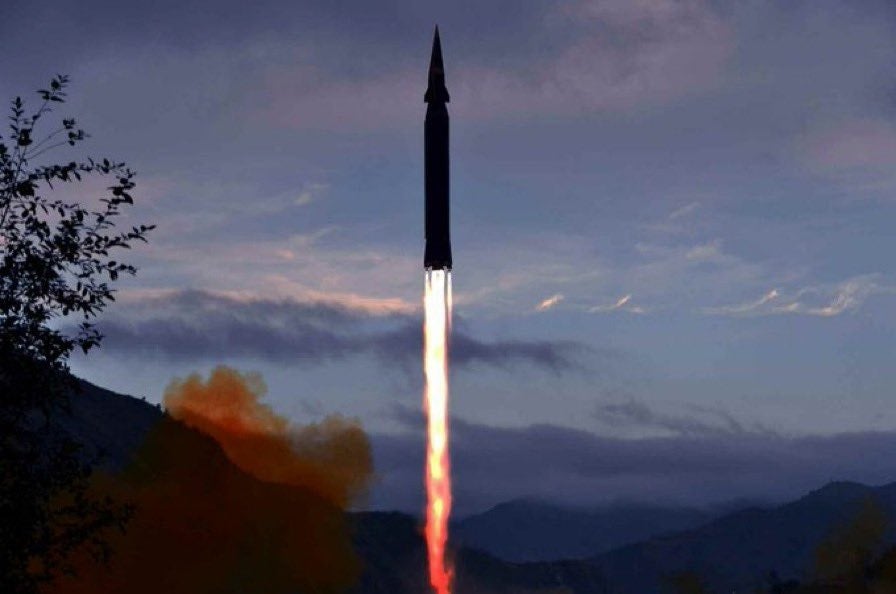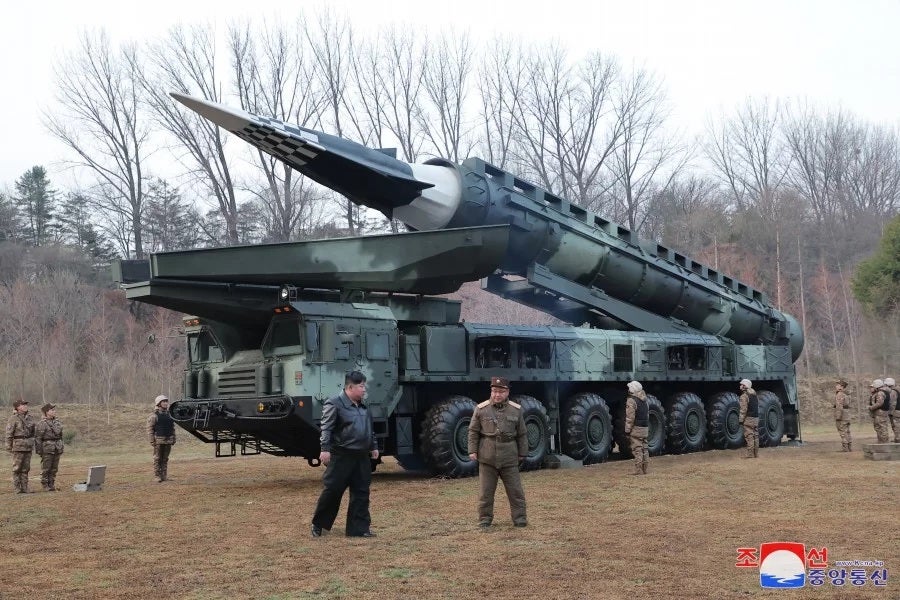North Korea Tests New Hwasongpho-16-Na Missile
The North Korean defense industry continues its deliveries of new rocket weapon systems. In recent months, North Korea showcased the trials of its newest 240mm guided missile for the M1985/1991 rocket artillery system – the domestic contenders for the South Korean M239 Chunmoo MLRS. However, in recent weeks the newest intermediate-range solid-fueled ballistic missile Hwasongpho-16-Na. The missile is equipped with a hypersonic MARV warhead. According to the KCNA, the missile conducted a 1000km long flight and the warhead hit the East Sea of Korea.

North Korean ballistic missile arsenal is varied with plenty of Short-Range Ballistic Missiles, Medium Range Ballistic Missiles, Intermediate Range Ballistic Missiles, Long-Range Ballistic Missiles, and other rocket/missile systems. Most of them have been derived from the Soviet systems such as OTR-21 Tochka (Hwasongpo-11) but some have been domestically developed such as the Hwasal-2.
Where does the Hwasongpho-16-Na in the fit into North Korea’s missile arsenal? The missile is reported to be an intermediate-range hypersonic missile, with a warhead able to reach speeds between 5 and 25 times the speed of sound or about 1 to 5 miles per second. Such weapons are mostly utilized to break through the anti-missile defenses and strike valuable targets such as command posts, communication stations, critical infrastructure, or components of the air defense systems.

North Korea began its development of hypersonic missiles in the last decade, resulting in the production and testing of the Hwasongpho-8 and Hwasongpho-12 IRBMs. The Hwasongpho-16-Na, however, distinguishes itself with an estimated range of 3,200 up to 6,000 kilometers while achieving the speed of up to Mach 10.
The North Korean missile program achievements cannot be underestimated as the situation on the Korean Peninsula has deteriorated in the last few years. The number of incidents, missile tests, and hostile acts has significantly increased with the cessation of peace talks and the stalling of communication between the two Koreas.

